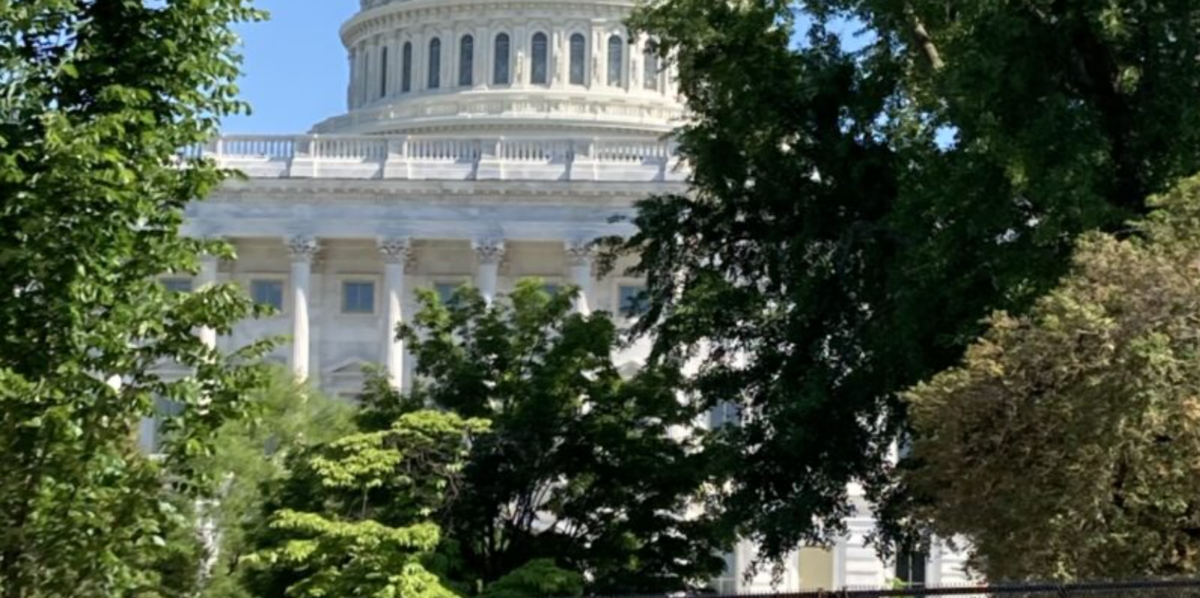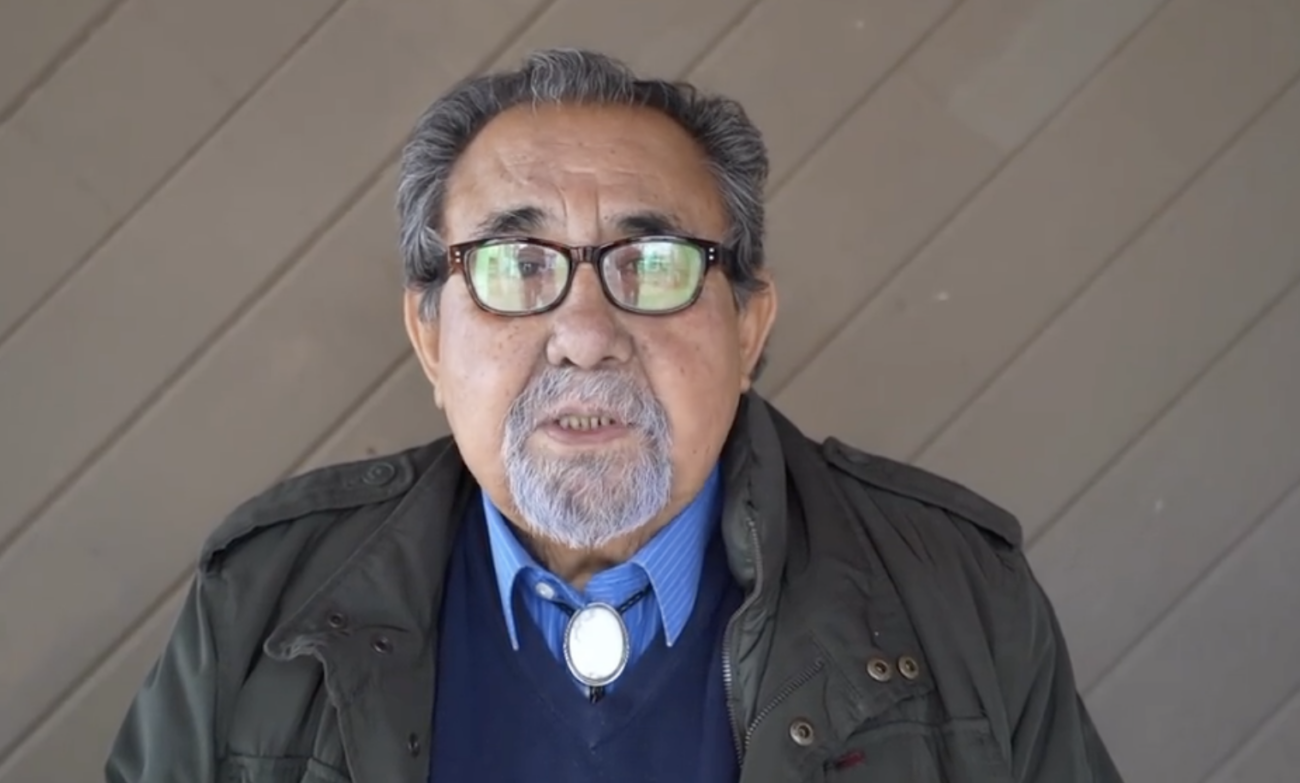An immigration enforcement incident occurred outside Southwest Elementary School on August 5, the second day of the new school year, prompting discussions about school safety and immigration policy.
Two individuals were detained by Immigration and Customs Enforcement (ICE) officers in front of an elementary school in the Roosevelt School District.
The district stated in a news release that "community members reported observing two individuals being detained by ICE directly in front of one of our school fence lines."
"One of the agents involved in the incident was observed escorting a student to the property’s entry gate.”
Senator Ruben Gallego responded to the situation on social media platform X, stating: "Schools used to be off-limits to ICE. For good reason. Now, parents are afraid to drop off their kids. Students are scared to go to school. This is cruel and unnecessary. The Trump administration needs to stop."
Some parents in the area are reportedly considering keeping their children home from school due to concerns about similar enforcement actions, which could impact attendance rates in local districts.
Education advocates have identified potential consequences of immigration enforcement near schools, including:
- Decreased school attendance
- Reduced academic performance due to stress and anxiety
- Long-term educational disruption for vulnerable student populations
- Erosion of trust between schools and the communities they serve
Historically, schools, hospitals, and similar locations were generally considered sensitive sites where immigration enforcement was limited to help ensure access to essential services.
Current ICE Authority Guidelines include:
Where ICE Can Enter: ICE agents may access public spaces without a warrant, including building lobbies and waiting areas. They can conduct workplace inspections for employment verification and enter private areas during public safety emergencies.
Where ICE Cannot Enter: Without Authorization: ICE requires either consent or a judicial warrant signed by a federal judge to enter private spaces such as homes, private business areas, or hospital patient rooms. Administrative warrants typically carried by ICE do not authorize entry into private areas without permission; judicial warrants or explicit property owner consent are required.
"This is a traumatic event for the community," said Marisol Garcia, president of the Arizona Education Association, in a video statement about the incident. "It is also a traumatic event for that student. Moving forward, this traumatic event may affect how students feel safe at school."
As the school year continues, education officials and community organizations are discussing policies that address both educational access and immigration enforcement considerations.













